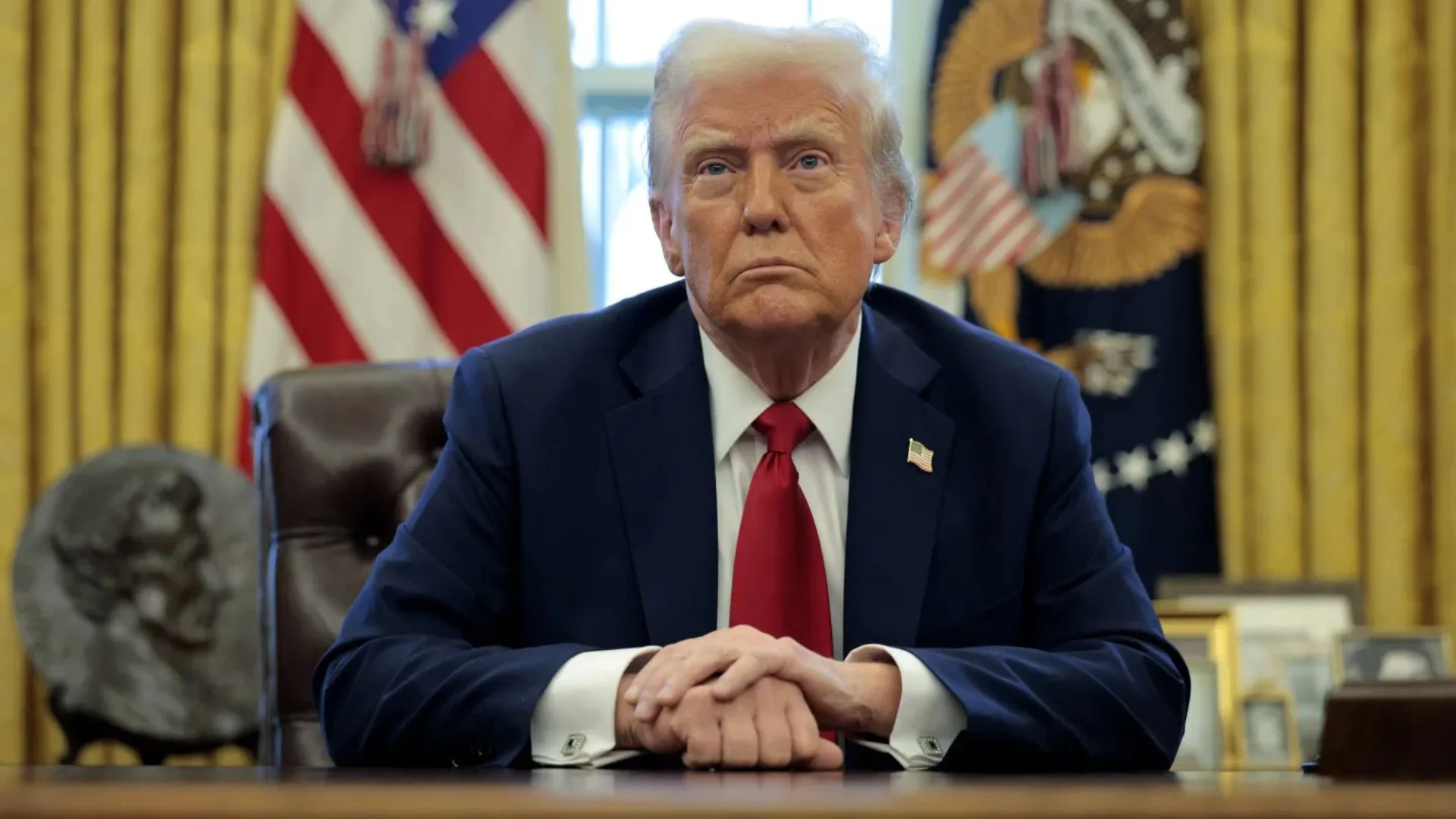United States President Donald Trump made the move towards imposing “reciprocal tariffs” on trade partners, widening global trade conflict. The development, made for the sake of redressing imagined trade imbalance, brings about taxes specific to the nation according to value-added tax (VAT) and other economic factors.
Addressing from the Oval Office while signing the proclamation, Trump rationalized the tariffs as an act of fairness, contending that US allies tend to have trade practices worse than those of enemies. “I’ve decided for purposes of fairness that I will charge a reciprocal tariff,” he announced. “It’s fair to all. No other country can complain.”
Trump has energetically pursued tariff policies against primary US trading partners since assuming office, invoking complaints over unfair trade practices. The Trump administration has framed tariffs as a revenue-generating tool, a method for balancing trade, and a means of pressuring foreign governments for policy concessions.
The White House insists that the tariffs will level the playing field for American producers by offsetting foreign competition. Critics, however, caution that the economic blow will be felt locally, with American consumers and businesses paying the price in the form of higher prices.
The new tariff policy is a high-risk bet for Trump, as economic consequences like inflation and reduced growth might sabotage his economic agenda. With escalating trade tensions, the world market reaction is unclear, with possible retaliatory actions from the impacted countries.









